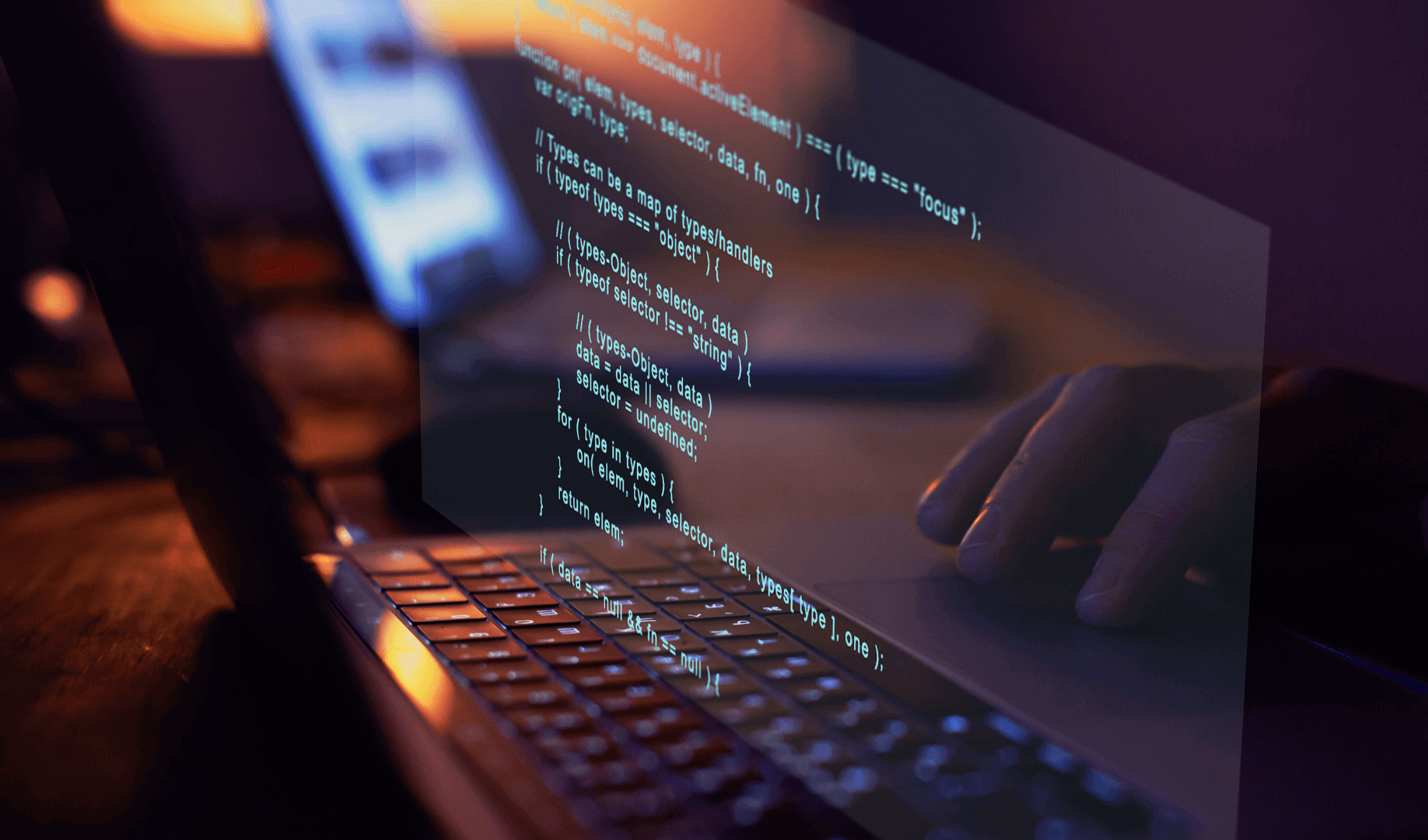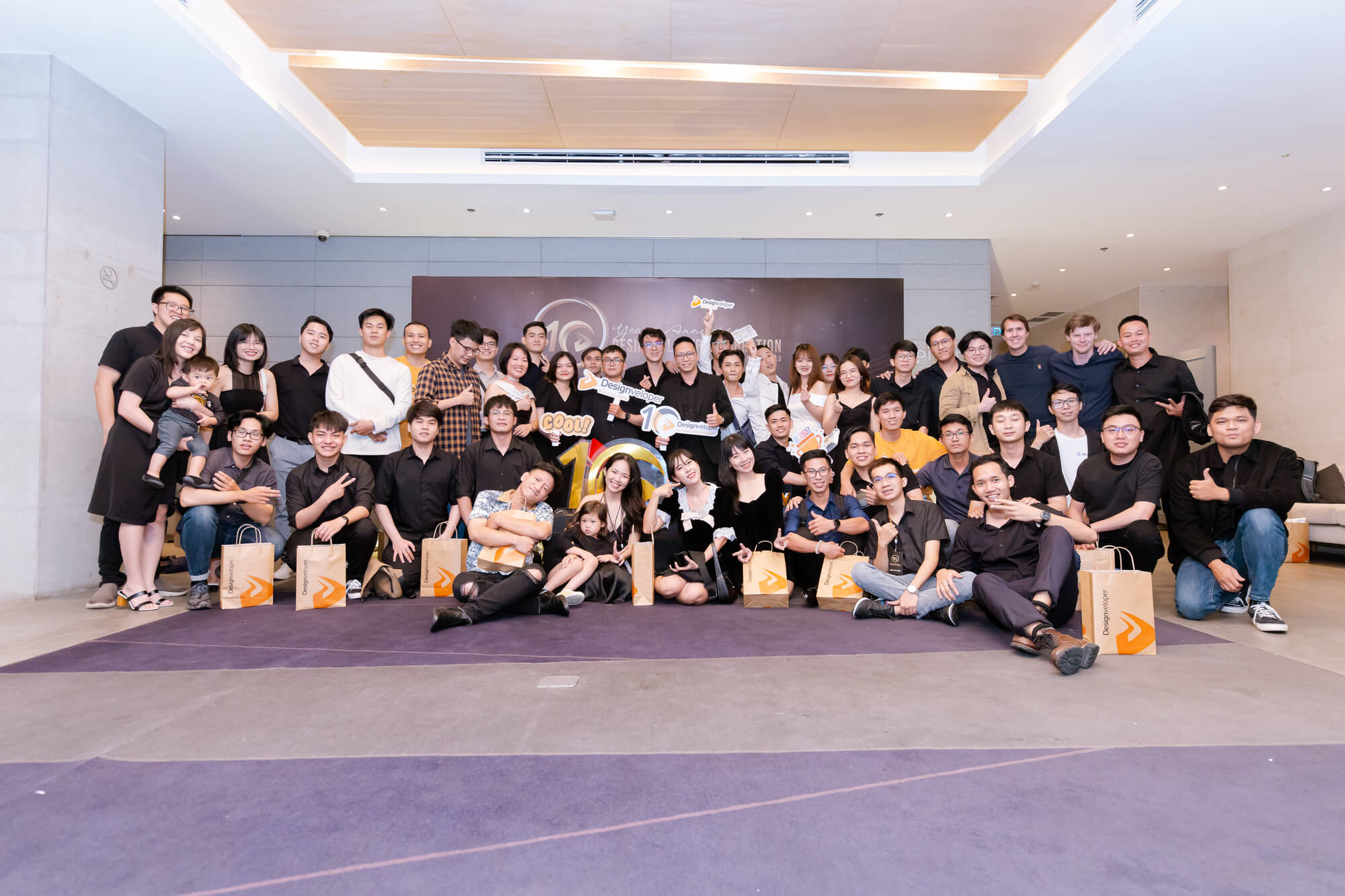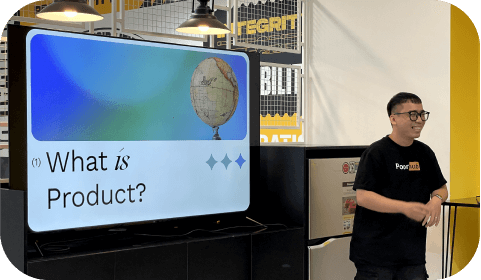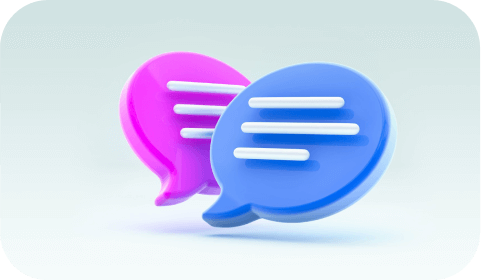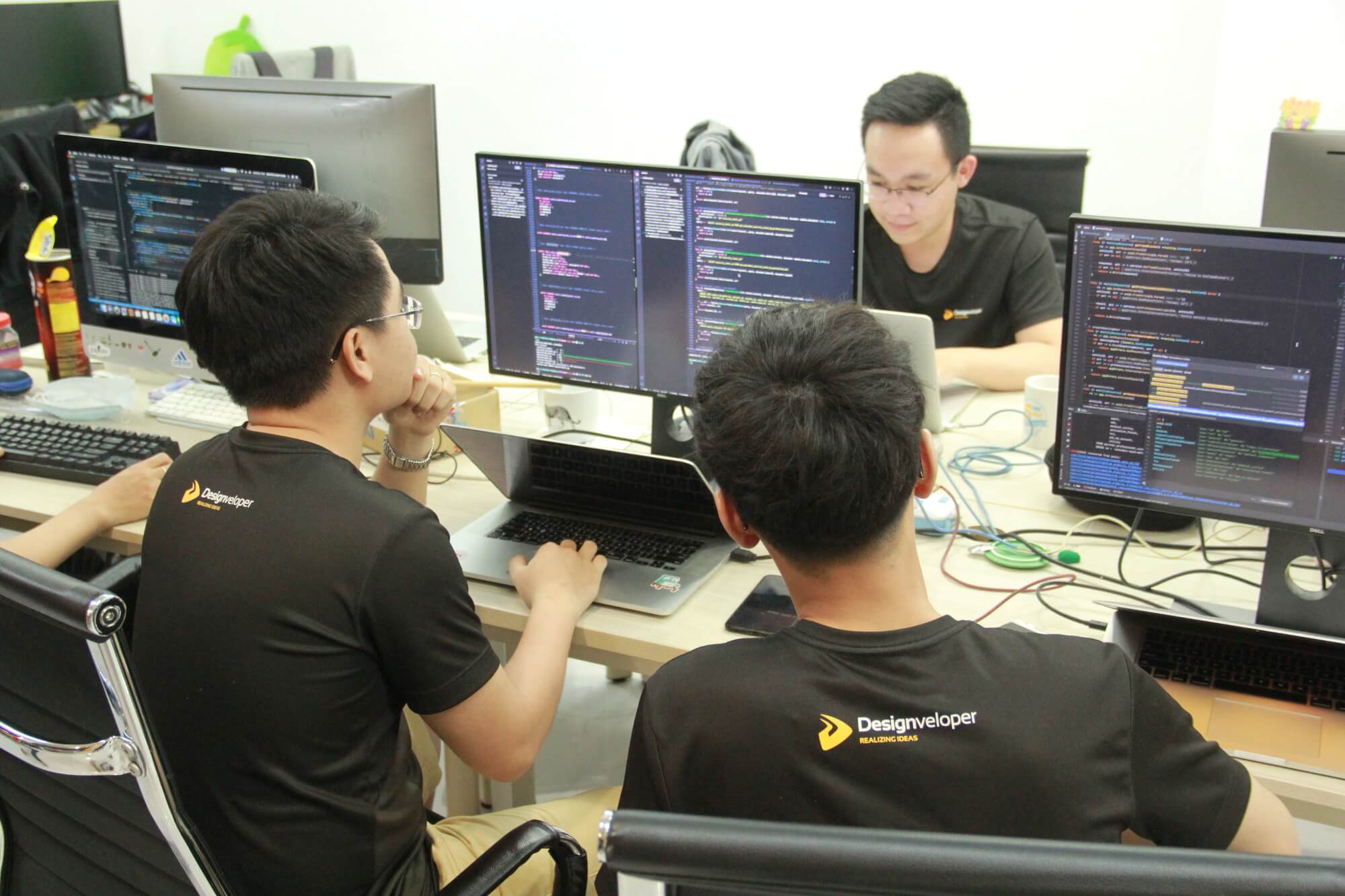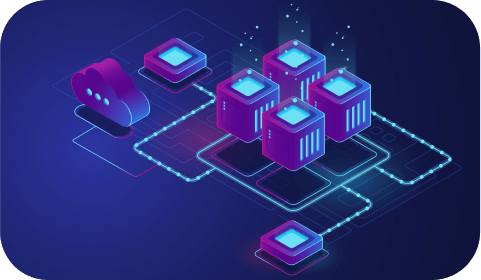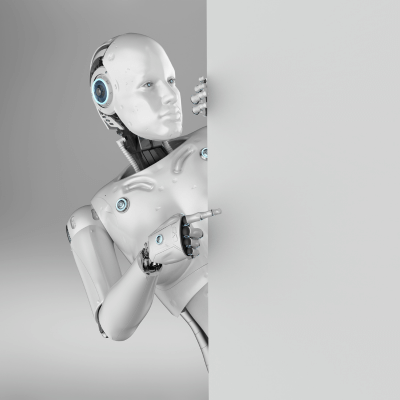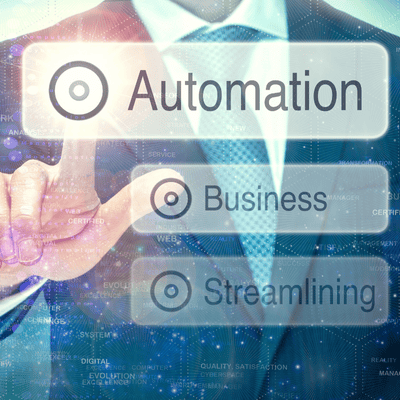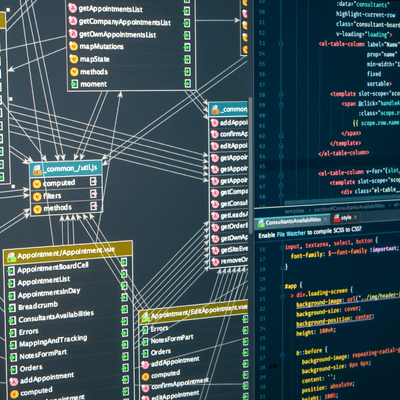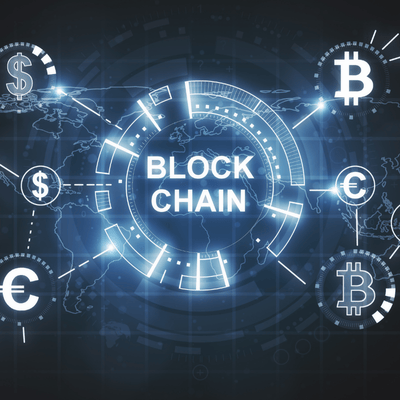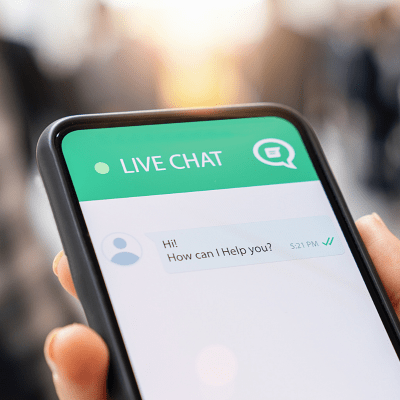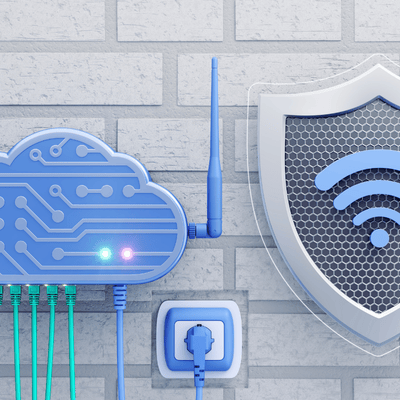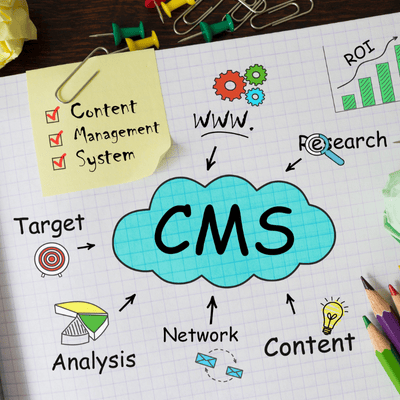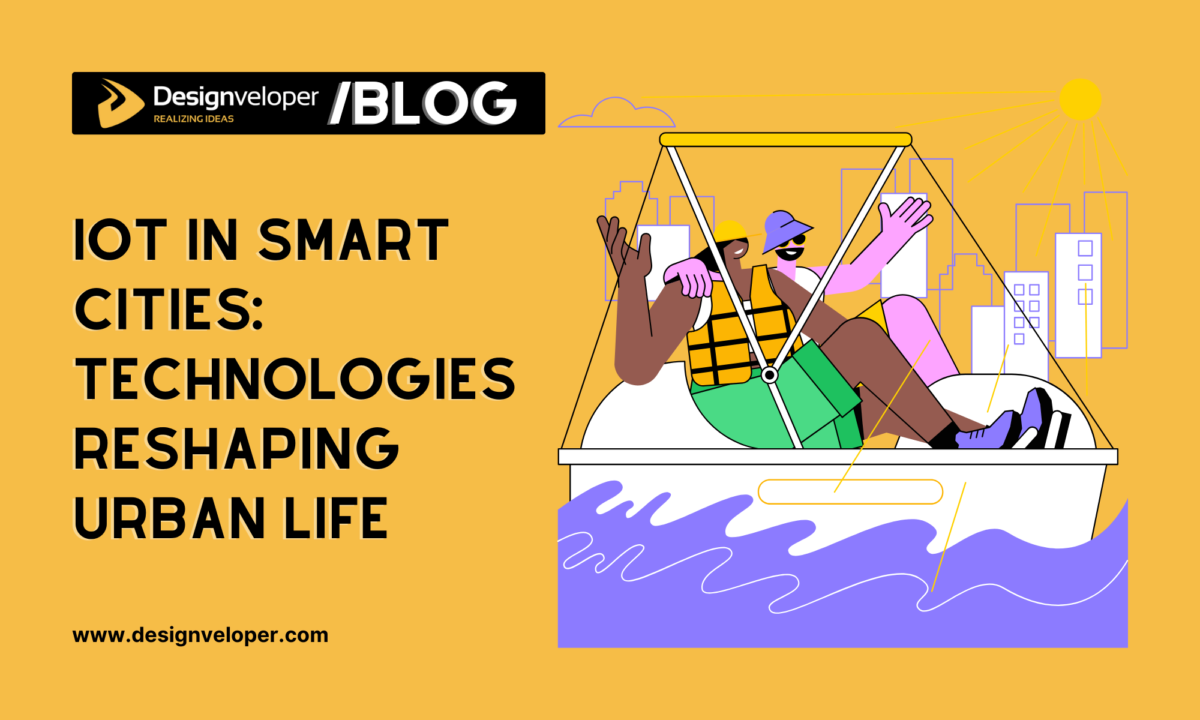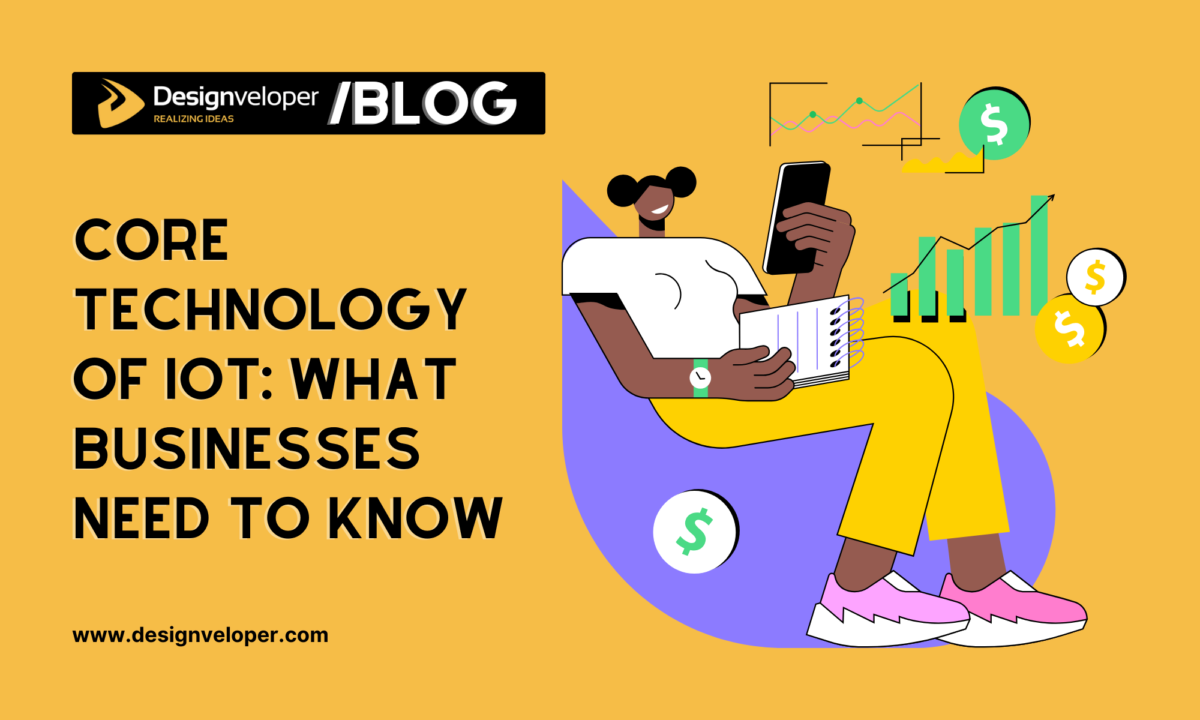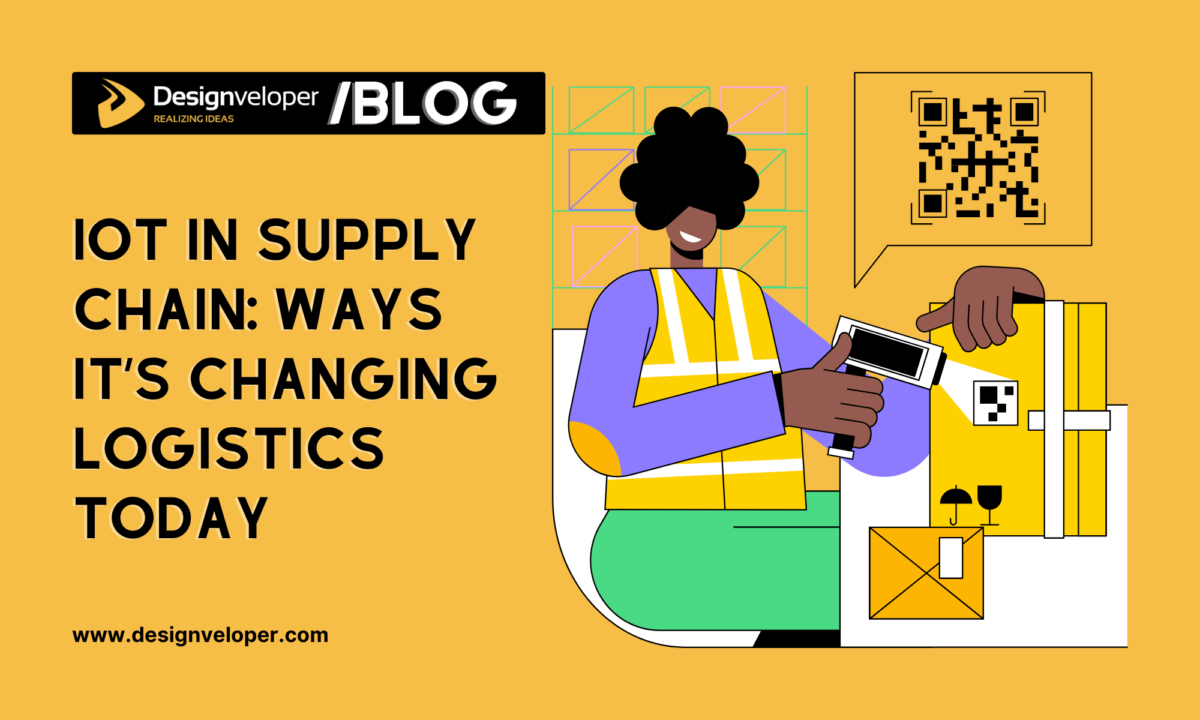IoT App Development Costs: What You Need to Know in 2025
April 07, 2025


Are you creating a budget plan for IoT app development but don’t know where to start? Don’t worry! We’re here to offer you the best information you need to know about IoT app development costs. It covers the key factors that affect the overall development expenses, plus realistic cost estimations for reference. Ready? Let’s discover!
Do IoT Apps Cost More Than Standard Apps?

We would say yes. Normally, developing IoT applications is more costly than many types of standard apps. This mainly results from the unique complexities and requirements of IoT projects, or in other words, from their inherent hardware integration, connectivity, and data management.
Unlike standard apps, which only focus on software, IoT apps must have essential capabilities to connect physical devices (e.g., wearables, smart thermostats, or factory machinery) with cloud platforms (e.g., AWS or Azure) and your current systems (e.g., EHR or CRM). Further, these apps need to configure and integrate actuators (for monitoring physical devices) and gateways (for connecting devices to the Internet).
Different devices may use different communication protocols. Therefore, IoT apps play a role as an intermediary between these devices. Imagine them like interpreters for people speaking different languages. Without these apps, physical devices can’t interact with your software to convery IoT data for processing, analysis, and visualization to obtain valuable insights.
Further, smart devices often produce vast data volumes. To deliver, store, and analyze them effectively, there’s a need for powerful connectivity (e.g., Wi-Fi or 5G) and data management solutions (e.g., cloud platforms or databases). Not to mention that some sectors like manufacturing or healthcare require real-time data manipulation to handle crucial tasks. These tasks can include predicting the likelihood of equipment breakdown due to overheating, detecting hazardous situations to ensure workforce safety, spotting abnormal health conditions (e.g., fall or heart stroke), etc. This requires IoT apps to have real-time data processing capabilities.
All these requirements make IoT projects more complex and expensive than conventional ones. Accordingly, IoT projects require developers to have extensive expertise in not only app development but also embedded systems, hardware protocols, and electronics. These specialized skills require higher salaries.
Which Factors Affect IoT App Development Costs?

The total cost of IoT app development is often impacted by various factors. Below is what you should consider when building such an app:
1. App Complexity and Features
The complexity level and the number of features significantly affect your IoT app’s cost. In other words, the more features it has and the more complex these functionalities are, the higher it costs.
Typically, if you develop a simple IoT app just to automatically turn on/off lights in smart homes, it’ll definitely be much cheaper than an industrial IoT platform for predictive maintenance. The latter may require advanced features like real-time data processing, AI-driven analytics, custom dashboards, and integration with legacy systems. These features often require higher development and testing efforts as well as more skilled engineers, hence increasing the cost.
2. Number and Type of IoT Devices
The total development cost also depends largely on which types of devices are connected and how many.
Particularly, it’s more complex to integrate and manage specialized devices (e.g., high-precision robotic arms) than simple smart home sensors (i.e., for temperature measurement). Also, different physical devices use different communication protocols and data formats. If your IoT app has to process complex data (e.g., industrial sensor data or video feeds) and support various communication protocols (e.g., Wi-Fi, Zigbee, or Bluetooth), it’ll require complex processing capabilities. This will increase development effort and time as well as require more experts in these domains to process. As a result, the cost will increase.
The same also applies when your IoT app has to deal with an increasing number of devices. The more devices you have, the greater processing power and infrastructure the app must have to handle the massive amount of data and communication between devices and software. This will increase costs related to data transmission, cloud computing (storage, processing, bandwidth), and backend server load.
3. Data Volume and Processing Needs
You have to pay more for IoT apps that handle vast data volumes and require complex processing capabilities (e.g., automated workflows or real-time analytics). These apps often need large investments in cloud storage, processing, bandwidth, and integration with external databases, let alone the need for machine learning algorithms. For this reason, they cost more than simple IoT apps that only deal with a handful of data and require simple data manipulation.
4. Choice of Tech Stacks
Normally, you need different technology stacks to develop an IoT application. These stacks often involve programming languages, frameworks/libraries, cloud services, databases, and communication technologies. The choice of technologies affects your overall development cost in many ways.

First, open-source technologies (e.g., Python or Node.js) help you save many expenses. Meanwhile, usage-based cloud services incur costs proportional to your data storage and processing requirements. Communication technologies like cellular connectivity, similarly, also add to the total cost because of data transmission fees. Especially, in complex, safety-critical IoT applications (e.g., industrial robotics or automotive systems), using commercial RTOSes like QNX is necessary to ensure real-time performance and credibility. But these RTOSes increase your development cost.
Second, a complex IoT app often requires specialized expertise and experience in advanced technologies. This, however, translates to higher salaries for skilled professionals, hence increasing your project expenses.
5. Choice of Development Team
The overall cost for your IoT project also depends heavily on whom you choose to work with. First of all, hiring in-house teams sounds cheaper than outsourcing the project. However, if IoT ecosystem management is not your core business activity and IoT app development is not your core expertise, recruiting skilled professionals for your internal team may be a costly investment, let alone expenses for training, onboarding, and upskilling. Instead, having an outsourcing team to handle the IoT project is a better option as it gives you more time to focus on your core services.
Second, development rates vary depending on your choice of development services. Normally, outsourcing companies provide end-to-end development services and team augmentation. Temporarily hiring skilled professionals to support your development team is definitely less expensive than outsourcing a whole project.
Further, the rate relies on a developer’s experience and location. For example, US-based IoT app developers typically require an average hourly rate of $53, while that ranges from $20 in Vietnam. This difference stems from different costs of living, labor market dynamics, and more. Also, remember that the overall project timeline also affects your total development cost. In reality, due to their complexity level, some IoT projects must last for years instead of months as planned.
6. Industry-Specific Compliance Requirements
Several highly regulated industries (like manufacturing or healthcare) require IoT applications to operate in compliance with specific industry standards and regulations (e.g., GDPR or HIPAA). These compliance requirements can incur development costs because they need specialized expertise or rigorous testing to avoid cyberattacks and monitor specific conditions (e.g., working environment or food production) effectively.
7. Security & Scalability Needs
Requirements for security and scalability also are important determinants of the total IoT app development cost. As IoT applications have to process sensitive data from connected devices, they need strong security features like encryption, access control, or authentication. Besides, if the number of devices and data volumes grow, IoT apps must come with powerful scalability capabilities to handle these increasing demands. All these factors contribute to increased costs.
Cost Estimation
You now understand several key factors that influence your overall costs of IoT app development. Now, we’ll provide cost estimations based on an IoT app’s complexity level and development phases. Remember that these cost ranges are just for reference, as different companies may propose different pricing plans depending on the factors we mentioned:
| Development Phases | Simple Home Automation(e.g., Basic Security or Smart Lighting) | Intermediate IoT Apps(e.g., Smart Agriculture Monitoring or Fleet Tracking) | Complex Industrial Monitoring(e.g.,) |
| Prototyping | $5,000 – $15,000(include choosing initial hardware, signing a simple app design & creating a PoC) | $15,000 – $30,000(include complex hardware integration, UX/UI design & data modeling) | $30,000 – $100,000+(include specialized hardware, extensive simulation & AI/ML integration) |
| Development | $10,000 – $30,000(include developing full app features, integrating with devices & implement basic testing) | $30,000 – $80,000(include advanced data analytics, API integrations & rigorous testing) | $80,000 – $250,000+(include real-time data processing, integration with legacy systems & high security level) |
| Deployment | $2,000 – $5,000(include initial server setup, app store submission & basic documentation) | $5,000 – $15,000(Include security implementation, server scaling & user training) | $15,000 – $50,000+(include complex system integration, regulatory compliance & ongoing support) |
| Total Range | $17,000 – $50,000 | $50,000 – $125,000 | $125,000 – $400,000+ |
Note: The costs ONLY cover IoT app development, BUT NOT hardware engineering and production. If you want to build a comprehensive IoT solution that covers all hardware and software components, the total cost might be much higher.
Building Cost-Effective IoT Apps With Designveloper
This article has already given you a detailed view of cost breakdowns in IoT app development. If you’re looking for a trusted, experienced partner to build a scalable, cost-effective IoT app, Designveloper is a good option. We’re one of the industry-leading app development companies located in Ho Chi Minh city, Vietnam. We have deep expertise and experience in implementing 100+ different projects successfully in custom software development, AI development, cybersecurity, and IoT.
One of our successful IoT apps, ODC, has received good feedback from users and the Ministry of Health. It helps doctors and clients connect for remote diagnosis and treatment, especially during the COVID-19 pandemic. Here at Designveloper, we adopt Agile frameworks, Pomodoro, Google Material Design 3, and other professional techniques to deliver your custom app with the most critical features on time and within budget.
Do you want to share your IoT app idea with us now? Contact us to receive free estimates!






Read more topics

















